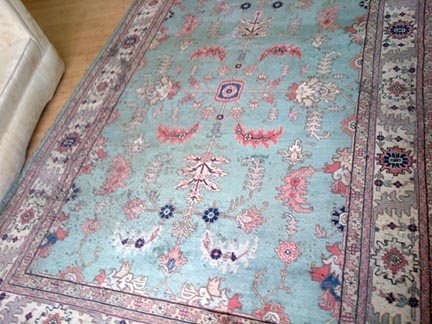Textile Pests:
Textile pests belong to two orders:
- Moths (Lepidoptera)
- Beetles (Coleoptera)
Listed below are some of the more common textile pests:
- Common clothes moth (Tineola bisselliella)
- Case-bearing clothes moth (Tinea pellionella)
- Brown house moth (Hoffmannophila pseudospretella)
- White-shouldered house moth (Endrosis sarcitrella)
- Varied carpet beetle (Anthrenus verbasci)
- Fur beetle (Attagenus pellio)
Textile pests are unusual in that they can digest the protein keratin which is the principal constituent of wool, animal hair and feathers. Many of the textile pests are also pests of stored foodstuffs.
The four moths and two beetles listed above are the most significant pests in the UK. They will all attack clothing, carpets and fabrics made from natural fibres. It is important to deal with these pests as soon as you discover them. When you see an adult moth, the damage is already done as they will have laid their eggs on your clothing and when the larvae emerges from the egg, they are the part of the life cycle that cause the damage to your clothing.


